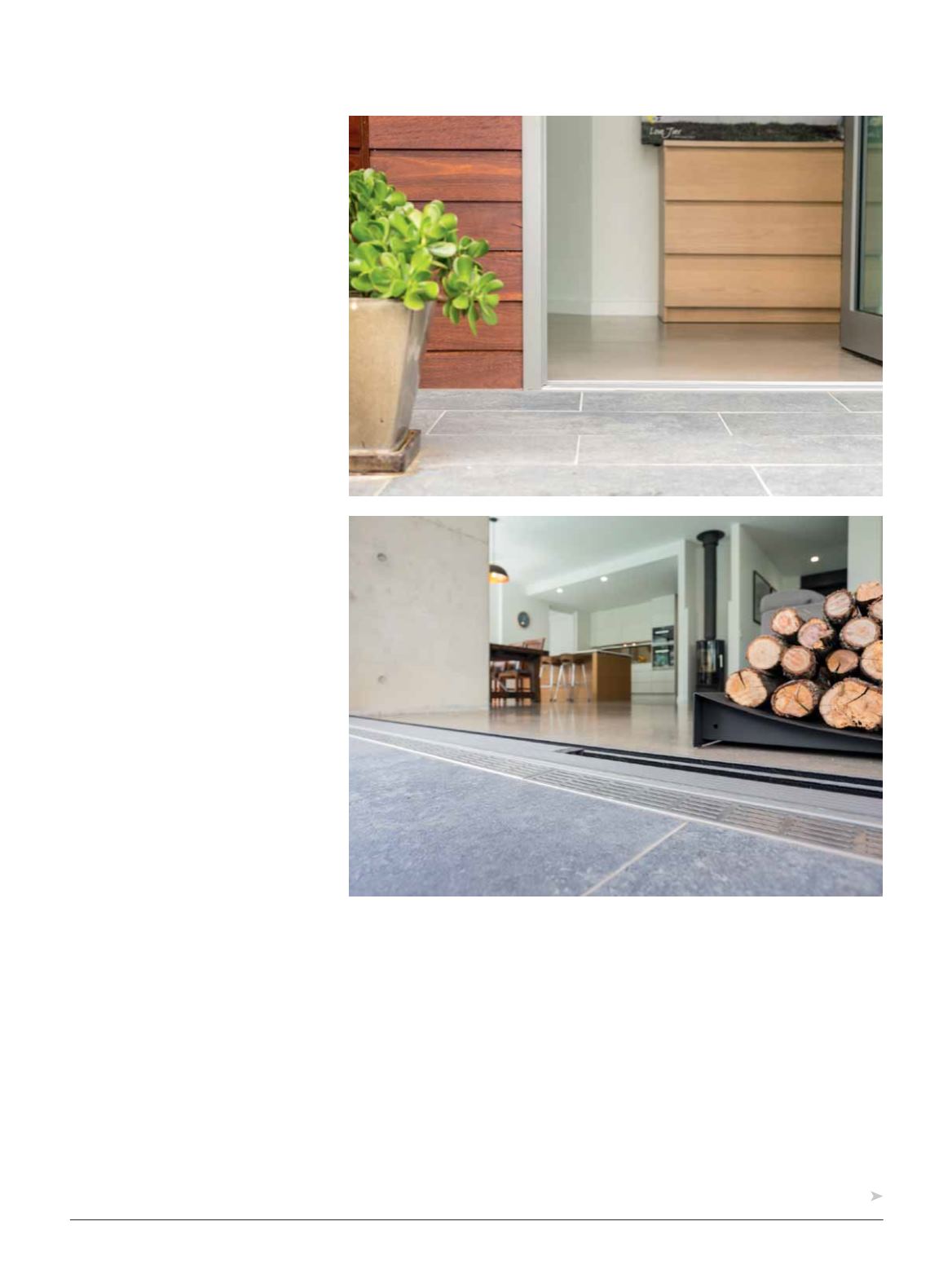
 www.buildingconnection.com.au
www.buildingconnection.com.au
17
it would just be housing. There would
be no need to separate it out because
it would be a mainstream product,
and universal design is all about the
mainstream.
On a practical level, lack of universally
designed housing affects several
groups of people – and we will all know
someone who is affected: older relatives
reluctantly moving from their family
home, a family member who can’t visit,
a friend struggling to manage after
injury or illness, or a young person
forced to live in aged care.
This issue is personal – it’s not just
about other people.
The construction industry wears
out bodies earlier in life than most
workplaces. Bad back, damaged knees,
frozen shoulder, workplace injuries
and arthritis are better managed in a
universally designed home.
Not being able to leave hospital
because you can’t go home until
its modified is not bad luck, it’s the
design of the home. And the number
of people affected is bigger than you
think because disability is not all about
wheelchair users.
People with disability, a chronic health
condition, and most older people, do not
live alone. They live in family groups. So
it affects whole families. The Australian
Bureau of Statistics latest census found
at least 35% of households have at
least one person with a disability. If we
include households with a long-term
health condition, we can add another
40%. That is not a small number.
There is also a link between housing
and access to employment, education
and community amenities. Many people
can’t get a job because they can’t find
a suitable home near work. Increased
participation is important for Australia’s
productivity and economic success.
Social isolation costs individuals and
their family, the health budget and the
economy.
The rental market makes up 31%
of Australian homes. Landlords
are extremely reticent to allow
modifications, even a grab rail, because
they believe it will reduce the value of
their property. If they do agree, they
often insist that any modifications be
removed when the tenant moves out.
When it comes to difficult sites, of
course there will be exceptions. There
will always be a market for homes on
steep sites for that great view. But that
doesn’t mean universal design features
should be left out altogether. Most
features are convenient for everyone.
As the majority (72%) of new homes are
separate dwellings, most will be built on
new land release. So difficult sites will
be the exception, not the rule.
Social and public housing have a
proportion of ‘accessible’ dwellings,
but they are few and far between. Many
are one bedroom which doesn’t suit a
family. And that’s if you can get on the
waiting list. Over 55 (seniors) dwellings
are rarely for rent because they are
targeted to the home ownership
market. That means many older people
in cheaper rented accommodation will
end up in aged care sooner than they
would like and that also translates to a
cost to the tax payer.
Level entry provides convenience for everyone and should be a serious
consideration for any new build.
PHOTOS: TAYLOR’D DISTINCTION.
















